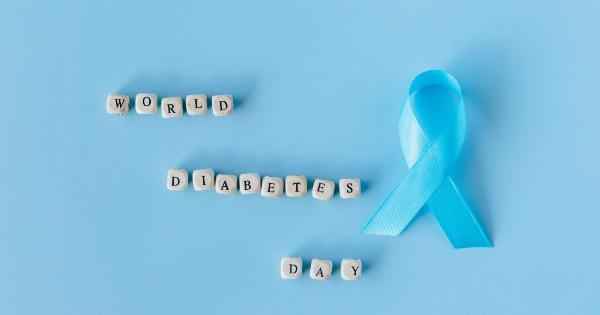A urinary infection, also known as a urinary tract infection (UTI), occurs when bacteria enter the urinary tract and multiply causing an infection.
UTIs can affect different parts of the urinary system, including the bladder, urethra, ureters, and kidneys. Recognizing the symptoms of a urinary infection is crucial for prompt diagnosis and treatment. In this visual guide, we will explore the common signs and symptoms of a urinary infection along with images to help provide a better understanding.
1. Frequent Urge to Urinate
One of the typical symptoms of a urinary infection is a frequent urge to urinate. This urge may be accompanied by the inability to fully empty the bladder, even when you feel like you urgently need to urinate.
Pay attention to any changes in your normal urinary patterns.
2. Pain or Burning Sensation During Urination
If you experience a burning or stinging sensation while urinating, it could be a sign of a urinary infection. This discomfort is commonly referred to as dysuria. It may be accompanied by pain or a sensation of pressure in the lower abdomen.
3. Cloudy or Bloody Urine
Urinary infections can cause changes in urine color and appearance. If your urine appears cloudy, dark, or has a reddish tinge, it may indicate the presence of blood in the urine.
It is important to seek medical attention if you notice such changes in your urine.
4. Foul-smelling Urine
In some cases of urinary infection, the urine may have a strong, unpleasant odor. If you notice a foul smell despite maintaining good hygiene, it could be a sign of a UTI. This symptom is often accompanied by other urinary infection symptoms.
5. Lower Abdominal Pain
Persistent lower abdominal pain or discomfort is another common symptom of a urinary infection. This pain may be mild or severe and may be present even when you are not urinating.
It is essential to distinguish this pain from normal menstrual cramps or other gastrointestinal issues.
6. Fatigue or Weakness
Feeling unusually tired or weak can be a result of the body’s immune response to a urinary infection. When the immune system fights against the infection, it can lead to fatigue and general weakness.
If you experience such symptoms along with urinary issues, consult a healthcare professional for further evaluation.
7. Fever and Chills
Sometimes, urinary infections can cause a fever along with chills. If you develop a high body temperature, feel feverish, or experience sudden chills, it may indicate a more severe infection that requires immediate medical attention.
8. Pain or Pressure in the Lower Back
If you experience pain or pressure in the lower back, it may indicate a urinary infection that has spread to the kidneys. Kidney infections, also known as pyelonephritis, can be serious and require prompt medical treatment.
Seek medical attention if you have such symptoms.
9. Nausea and Vomiting
In more severe cases, urinary infections can lead to nausea and vomiting. These symptoms may suggest a kidney infection or a systemic infection.
If you experience persistent nausea and vomiting along with other urinary symptoms, seek immediate medical care.
10. Confusion or Delirium
In rare cases, particularly among older adults or individuals with weakened immune systems, urinary infections can cause confusion or delirium.
If you or a loved one experience sudden changes in mental status along with urinary infection symptoms, it is crucial to seek medical attention as soon as possible.
Urinary infections can vary in severity and may require antibiotic treatment to eliminate the infection.
If you suspect you have a urinary infection based on the symptoms discussed above, it is essential to reach out to a healthcare provider for diagnosis and appropriate treatment.































